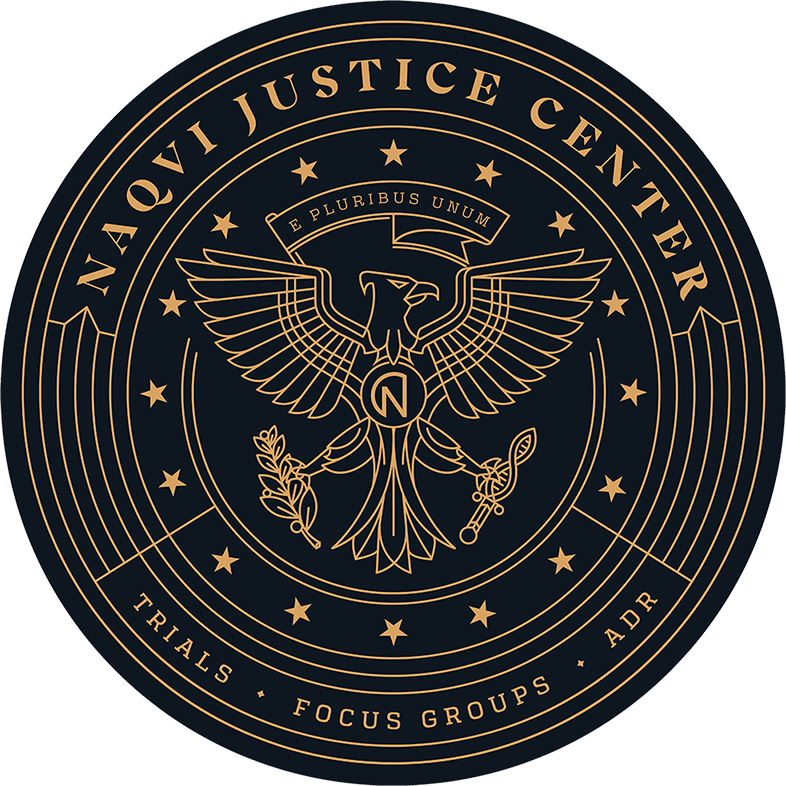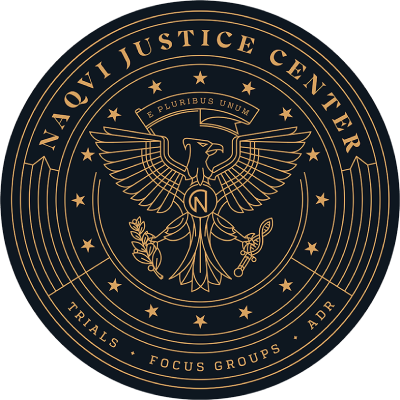A Nye County woman faces DUI manslaughter charges after she allegedly ignored a stop sign while intoxicated; the ensuing crash killed one person and seriously injured another one.
Authorities state that 22-year-old Ashley Winn went through a stop sign on westbound Honeysuckle and slammed into another vehicle that was northbound on Dandelion. Both crash victims were in that second vehicle. A man was airlifted to a local hospital and the other victim – a female – was pronounced dead at the scene. Ms. Winn initially faced a $200,000 bond after being arrested and charged, but she was later released on her own recognizance.
The victims’ names were not released.
Proving Liability in Alcohol-Related Crashes
In most negligence cases, including car crashes and slip-and-fall matters, the plaintiff must prove four basic elements:
- Duty: Most drivers must adhere to a duty of reasonable care, although a higher duty may apply to commercial operators, like taxi drivers, Uber drivers, and bus drivers.
- Breach: Impairment generally begins at one drink, so any evidence of alcohol consumption is normally enough to prove a breach of duty.
- Cause: The plaintiff must establish both factual cause (the complained-of damages must result directly from the negligent act) and legal cause, which is essentially foreseeability.
- Damages: There must be a physical and tangible injury to a person or property; a “near miss” is usually not actionable.
The plaintiff must prove each element by a preponderance of the evidence, which means more likely than not.
In alcohol-related crashes, plaintiffs must pursue traditional negligence cases if the tortfeasor (negligent driver) was not cited for an alcohol-related offense. But if there was a DUI or other similar arrest, the time-saving negligence per se (negligence “as such”) shortcut is usually an option. If the tortfeasor (negligent driver), violated a safety statute like the DUI law, a plaintiff must only prove that the:
- Plaintiff was among the people the statute protected, and
- Violation of statute caused the injury.
If the judge determines that negligence per se applies, and this application is usually a question of law for the judge, this doctrine is typically conclusive proof of negligence and there is no need to prove duty, breach, or cause.
Compensation Available
Even though there must be a physical injury, such as a wound that requires medical attention or some property damage to the vehicle, victims in Nevada are typically entitled to compensation for their intangible, noneconomic losses as well. Such items include pain and suffering, loss of consortium (companionship), emotional distress, and loss of enjoyment in life.
In many alcohol-related crashes, especially if the tortfeasor’s BAC level was quite high, additional punitive damages may also be available. In order for the jury to award these damages, which are intended to punish the tortfeasor and help deter future misconduct, the plaintiff must prove, by clear and convincing evidence, that the tortfeasor acted with “a conscious disregard of the rights or safety of others.” There are limits on punitive damages; for example, the award may be capped at a certain level and evidence regarding the tortfeasor’s financial condition is usually not admissible.
Team Up with a Savvy Lawyer
Car crash victims basically have two options to prove negligence and may be entitled to significant compensation. For a free consultation with an experienced personal injury attorney in Las Vegas, contact Naqvi Injury Law. We do not charge upfront legal fees in negligence cases.

